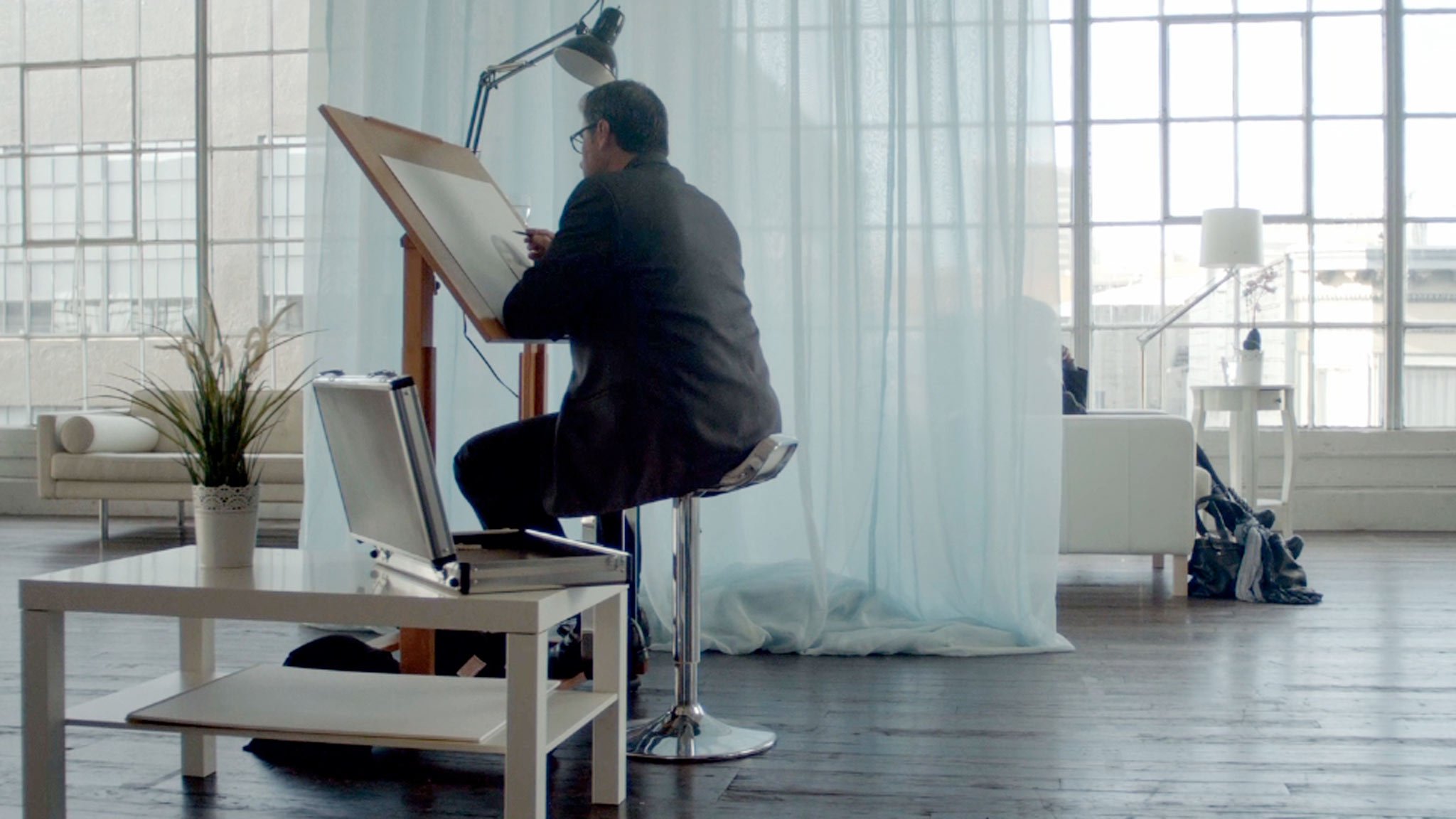
Based on the "Beyond Compare: Women Photographers On Real Beauty" show designed by Dove in collaboration with world-famous advertising agency Ogilvy, Dove launched their groundbreaking "Real Beauty" campaign, completely disrupting the market while simultaneously redefining what Dove would stand for until this day. With one mission “[…] to create a world where beauty is a source of confidence and not anxiety.”
The "Real Beauty" campaign started as a photography exhibition but quickly evolved into Dove's advertising leading line and, furthermore, the grounding factor of their brand identity. They feature "real women of different ages, sizes, ethnicities, hair colors, types, or styles," avoiding filters and retouches to help women with their body confidence and self-esteem. This video sums up the essence behind the "Real Beauty Pledge" and how Dove aspires to position itself in the market.

Since the introduction of cosmetics and beauty-related products to the market in the late 19th and early 20th centuries, these categories have been related to the social expectation of female aesthetics and the relation between female beauty and their value. This idea started booming in the 1930s when glamourous movie personalities brought the category into the mass market.
By 2004, many studies surrounding the negative impact of beauty-related product communication on the female public proved the relevance and concern around the topic. This study included some done by Ogilvy themselves, where they realized that the great majority of women didn't identify as beautiful.
This presented an opportunity to change the narrative; instead of promoting this product by showcasing what women could aspire to be, Dove could approach women by prioritizing how they feel about themselves, making them feel heard and recognized instead of oppressed and objectified.
A bit of context
Economical impact
This campaign didn’t just change how women are portrayed in media nowadays and what the consumer expects to see in brand communication throughout most beauty-related companies and awarded Unilever and many related agencies with a plethora of awards. Still, it also jumpstarted Unilever's growth and added billions in sales annually for the Dove brand.

The "Real Beauty Pledge" completely redefined the dove brand, changing its focus. For decades dove advertisements have focused on functionality, specifically the fact that the dove bar was not soap, but a cream bar, ensuring that the consumer's skin would be softer and prettier than with any other soap. They experimented with many different ways of expressing this idea, with the most famous being the image of cream pouring transforming into the dove bar, communication that remains a staple to this day, even being referenced on the most modern packaging of the brand. A fascinating insight is that during the initial days of the brand, they chose functionality over the traditional gentrification of their communication and implemented the idea of real women since the 60s when they published the testimonials of consumers as their brand communication.
About Dove

Reception
Positive
Seventeen years after the launch of this campaign and the general branding direction change for Dove, its success has become undeniable. Apart from an almost endless amount of awards proving the critic's positive reaction toward its communication, direction, and general importance, it caused an evident change in the world. Nowadays, steering away from "traditional models" is becoming almost the norm and can be seen in the "beauty market" and everywhere, from fashion to telecom. Even though there has been some backlash surrounding Dove's mother brand Unilever, some specific failed communication campaigns, and even deeper cultural paradigms surrounding the idea of female beauty, what Dove started in 2004 has undeniably been at the forefront of redefining how female beauty is referred to commercially.
Negative
Even though there wasn't any heavy backlash to the original campaign, a few points created controversy around it. Most notably, the fact that Dove is owned by Unilever, a company that produces products like Axe, Slimfast, and Fair & Lovely; these brands promoted values contradictory to what Dove tries to portray, which makes the intentions of the campaign questionable. Another aspect that the public found problematic is that Dove, at the time, was also selling Cellulite cream, which was deemed another product that fed on women's insecurities. And most importantly, the fact itself perpetuates the idea of relating women to beauty.
In addition, some specific campaigns were considered problematic, and the idea of what "Real women" are for marketing is still questioned today.
Take a stance
Even though Dove's position in the market seemed relatively neutral compared to its competition, focusing on functionality, its capability to understand the social implications of the category and own up to them is a significant factor of there success.
Rethink your essence
Rethinking the meaning of beauty companies from the consumer's perspective and how meaningful the impact of challenging this could be was key to the success of this campaign.
Break the mold
Dove’s “Real Beauty” campaign redefined how brand communication is done, disrupting the model industry from its core and allowing people to relate instead of aspire.
Customer-first
The roots of this campaign lay in a survey where it was discovered that most women didn't perceive themselves as beautiful; even though this might not have been the goal of the study, the fact that the people in charge of the project had the sensibility to understand how important for the consumer made this finding a proper insight.
Walk the talk
Dove knew they had to do more than talk about the topic and change the company's internal politics while also founding the “Dove Self-Esteem Project” to actively help young women suffering from the consequences of traditional ideas of beauty.
Seek truth
Trying to impose ideas into the market may seem doable, but connecting with true sentiment generates much more powerful engagement.


